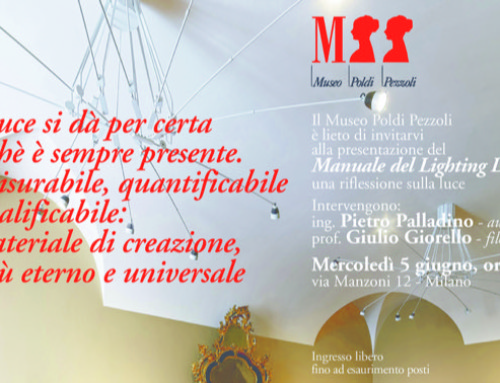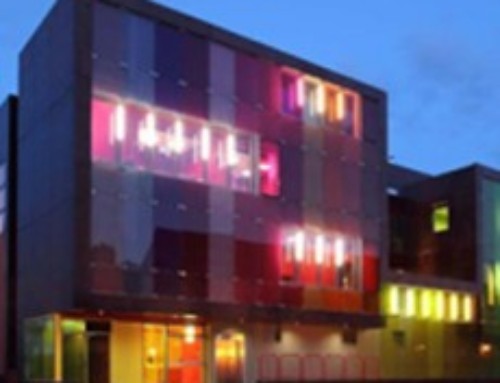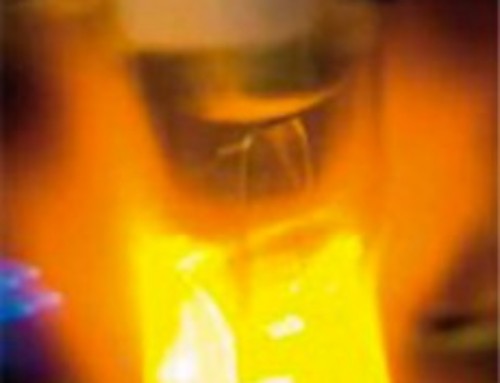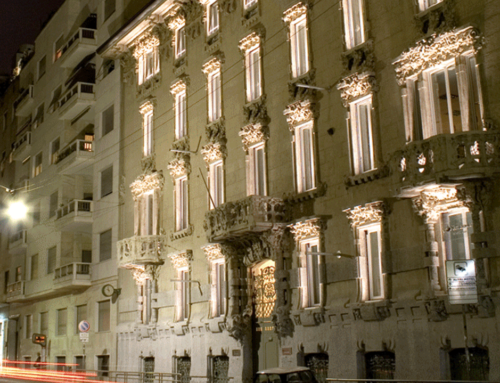By Louise st. Pierre, Associate Professor//
“We are running to a place we don’t know.” – Giorgio di Tullio
As design communities respond to the global environmental crisis, we are moving into a period of fast-paced creativity. Designers are talking, meeting, and writing about an abundance of new approaches: Transformation Design (Burns and Vanstone, 2006), Transdisciplinary Design (Tischler, 2010), Design Thinking (Brown, 2009), Creative Communities (Manzini, 2006), Design for Cultural Vitality (Brink, 2009) are some of the most recent. As we move quickly — because quickly we must — it is tempting to turn our back on the design theories of the past.But to do that would be to diminish design’s capacity to foster a healthy global ecology. Recently, a number of designers from Italy converged at Emily Carr University to underscore this point. They came as guests of the Italian Consulate, here to celebrate the opening of the Farnesina Design (Belletire, 2007) show. The range of presentations affirmed that our discipline is well equipped to change quickly, but also demonstrated that long-held design values support sustainable thinking in important ways. Giorgio Di Tullio and Cinzia Ferrara each told different stories that illustrate how, when it comes to sustainable design, the New works best in tandem with the Fundamentals.
Giorgi Di Tullio, philosopher-designer and winner of several international design awards, holds the view that the primary function of design has always been to sense and respond. He offered the metaphor of the tree (Fig. 1). The roots of the tree dig deeply into what is available: the current nutrients and water supply. These are carried through the trunk to be transformed into the branching, flowering, and leafing above. In his story, the function of the trunk is essential – it is the translator, transmitter, and connector. Design, says Di Tullio, is the trunk. The design process responds to the ground of contemporary culture, and offers passage and transformation to produce outcomes called for by contemporary times. This attunement explains how the profession is so quick to generate new theories and approaches; if there is great change in the world around us, then there is great change in design. The ability to sense and translate is exactly what gives us the capacity to move quickly into new territory.
Yes, Di Tullio is right – “we are running” to create design that helps people move forward and change, design that helps bring people back to natural behaviors. And yes, Cinzia Ferrara responded, let’s run using the strengths that have held us in good stead for so many decades. Ferrara illustrated this when she presented a project that (coincidentally) also refers to trees. BOTREE, by design studio Ferrara Palladino e Associati takes the tree as direct inspiration for new LED street lighting for Polytecnico di Milano. In this project, it is the skilful application of traditional design process that supports sustainability on a pragmatic level.
Ferrara discussed the challenge of working with new technologies — in this case high efficiency LED’s. While these LED’s are heralded as the least energy intensive lighting source to date, it is difficult to get adequate light coverage with them. The inexperienced, or the impulsive, could easily deal with this by adding a quantity of bulbs that would cancel out the energy-saving benefits. Ferrara’s deep knowledge of illumination and reflection was essential to arrive at a solution that achieved coverage with a minimum number of LED’s. Subsequent prototyping and testing refined and confirmed the final design. With this case study, Farrara illustrated that the need for hard work, design process, and careful analysis does not disappear with new technologies or new theories. In fact, thanks to our newfound perspective that decisions can lead to unintended consequences, careful attention to design process is more important than ever.
Skillful homage to timeless design values also proves that visual poetics don’t need to be left behind in a future of restraint. Fig. 2 shows that the lamp standards of BOTREE are composed from a simple system of components – there are only three lengths of extrusion configured in multiple ways to provide an impression of natural variety. This evokes the Ecodesign fundamentals of minimal use of materials, wasted reduction, and efficient manufacturing (Belletire, 2007) and dovetails beautifully with 20th century maxims such as: “Less is More” (Mies van der Rohe) or, “Less but Better” (Dieter Rams). Fig. 3 highlights Ferrara’s ability to evoke character with a limited palette, demonstrating again how ecological improvements are buttressed by traditional design values.
Di Tullio and Ferrara describe approaches that are as complementary as their use of the tree is inspirational. If we are, as Giorgio Di Tullio says: “… running to a place we do not know,” then thankfully, Cinzia Ferrara shows us how the roots of design knowledge can help us check regularly whether we are running in the right direction.
Cinzia Ferrara- Ferrara Palladino from Italia Design on Vimeo.




